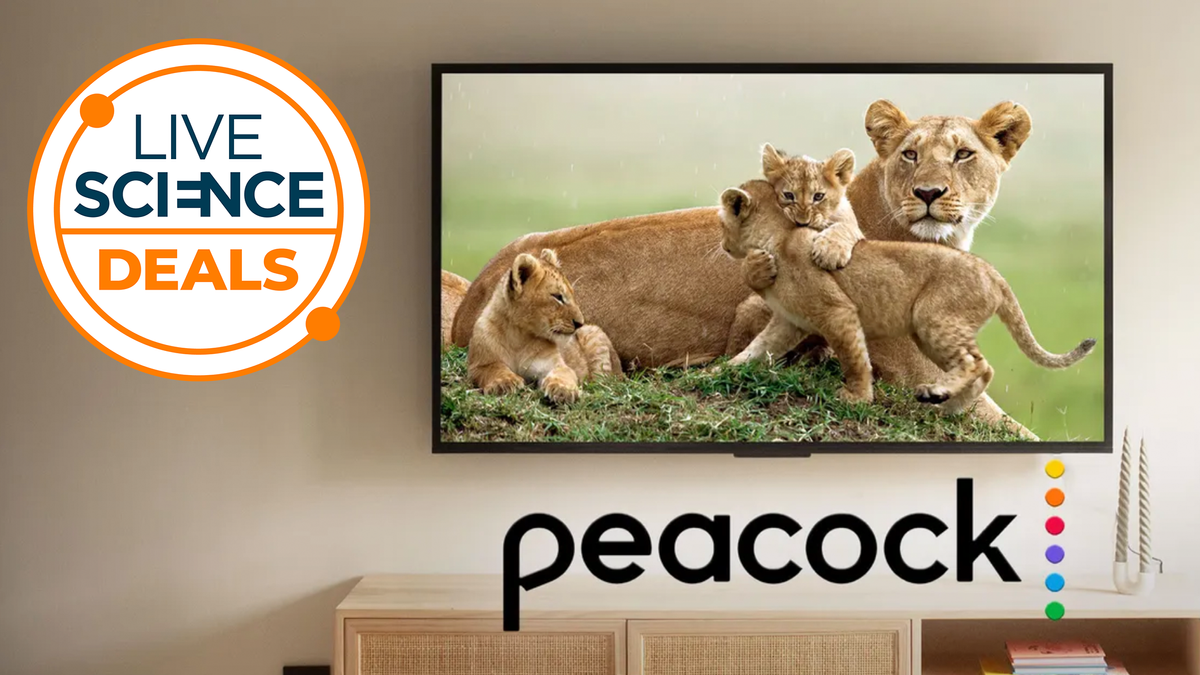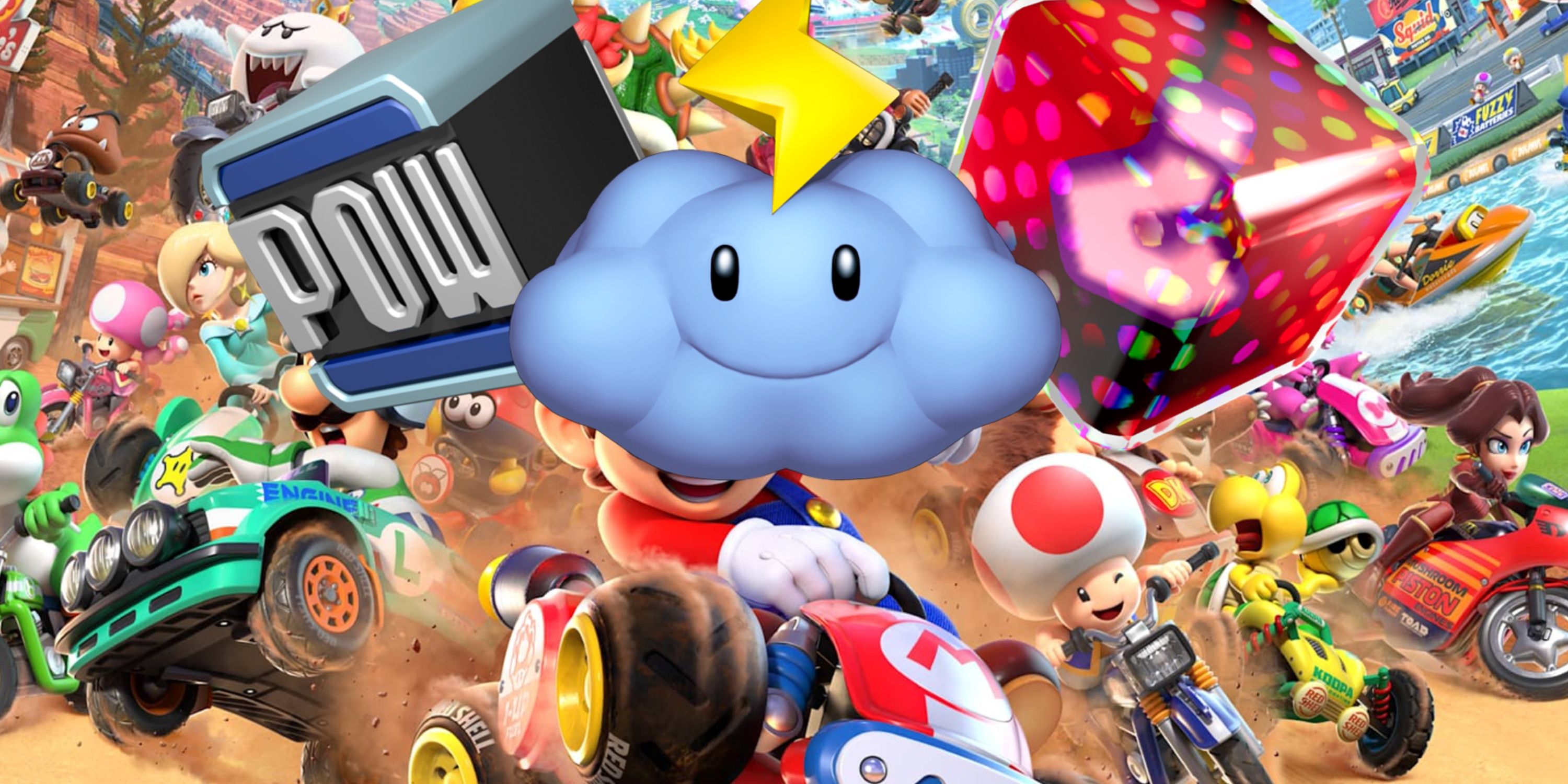Russell T Davies Reveals Why Now Was the Time for ‘Doctor Who’ to Resurrect the Rani
One of the many, many things that happened on the latest episode of Doctor Who was that the show finally lifted the lid on what two years of teasing who Mrs. Flood was leading towards. Turns out, it was exactly what many Doctor Who fans had, jokingly or otherwise, guessed immediately. In some ways, according to showrunner Russell T Davies, that was the point. “The Interstellar Song Contest” climaxed with the reveal that Mrs. Flood was, in fact, the latest incarnation of the Rani, the renegade Time Lady scientist originally played by the late, great Kate O’Mara across two classic Doctor Who serials, “Mark of the Rani” and “Time and the Rani,” and the absurd 1993 anniversary special/charity drive Dimensions in Time. Very quickly after that she become the second-latest, as a mortally wounded Flood prepared to regenerate, only to bi-generate just like the 14th and 15th Doctors had, revealing a new Rani, played by Archie Panjabi. The Rani, aside from being something of a camp icon thanks to the winning combination of an immaculate 1980s fashion sense and O’Mara’s delectably scenery-devouring performance, has become something of a running joke in the era of modern Doctor Who, with fans immediately joking that the second a mysterious female character comes up, she must be the Rani. The Master’s wife in season three? The Rani. River Song? The Rani. Missy? The Rani. That woman from “End of Time” who may or may not be the Doctor’s mother? No, clearly the Rani! Mrs. Flood was no exception to that joking theory, it’s just that this time it was decided to pay it off.
“Whenever you introduce any woman into any role on Doctor Who, half the internet seems to conject that she’s the Rani,” Davies recently told the BBC. “Sometimes, you just have to go with it.” For Davies, it was also an opportunity to play with a character who is both, almost paradoxically, a returning legacy character, and also one who could essentially be brand new to a less-familiar audience. “I think she’s great in two ways. She’s a famous classic villain if you know her. At the same time, she’s not up there with the Master, the Cybermen, or the Daleks, she’s just a little bit more niche,” Davies continued. “That’s good. That allows her to become a new character for the newer audience, she’s not weighted down in continuity.” As to why not making her actually a new character—after all, the Time Lords are no stranger to Getting Better after seemingly being wiped out forever—well, Davies thought about that too. But for Davies, finally invoking the Rani meant an opportunity to have those less-familiar viewers check out her prior appearances.
“It’s one of those things where you think we could have just made a new Time Lord and cast Archie Panjabi. That would have been wonderful. That would have been great,” Davies concluded. “But, naming her the Rani leads us into this conversation about the character. It leads some children to BBC iPlayer, where they’ll discover some great old stories with Colin Baker and Sylvester McCoy.” We’ll learn just how different this new Rani is–these new Ranis are, rather—when Doctor Who begins its two-part finale this weekend. Want more io9 news? Check out when to expect the latest Marvel, Star Wars, and Star Trek releases, what’s next for the DC Universe on film and TV, and everything you need to know about the future of Doctor Who.
#russell #davies #reveals #why #now
Russell T Davies Reveals Why Now Was the Time for ‘Doctor Who’ to Resurrect the Rani
One of the many, many things that happened on the latest episode of Doctor Who was that the show finally lifted the lid on what two years of teasing who Mrs. Flood was leading towards. Turns out, it was exactly what many Doctor Who fans had, jokingly or otherwise, guessed immediately. In some ways, according to showrunner Russell T Davies, that was the point. “The Interstellar Song Contest” climaxed with the reveal that Mrs. Flood was, in fact, the latest incarnation of the Rani, the renegade Time Lady scientist originally played by the late, great Kate O’Mara across two classic Doctor Who serials, “Mark of the Rani” and “Time and the Rani,” and the absurd 1993 anniversary special/charity drive Dimensions in Time. Very quickly after that she become the second-latest, as a mortally wounded Flood prepared to regenerate, only to bi-generate just like the 14th and 15th Doctors had, revealing a new Rani, played by Archie Panjabi. The Rani, aside from being something of a camp icon thanks to the winning combination of an immaculate 1980s fashion sense and O’Mara’s delectably scenery-devouring performance, has become something of a running joke in the era of modern Doctor Who, with fans immediately joking that the second a mysterious female character comes up, she must be the Rani. The Master’s wife in season three? The Rani. River Song? The Rani. Missy? The Rani. That woman from “End of Time” who may or may not be the Doctor’s mother? No, clearly the Rani! Mrs. Flood was no exception to that joking theory, it’s just that this time it was decided to pay it off.
“Whenever you introduce any woman into any role on Doctor Who, half the internet seems to conject that she’s the Rani,” Davies recently told the BBC. “Sometimes, you just have to go with it.” For Davies, it was also an opportunity to play with a character who is both, almost paradoxically, a returning legacy character, and also one who could essentially be brand new to a less-familiar audience. “I think she’s great in two ways. She’s a famous classic villain if you know her. At the same time, she’s not up there with the Master, the Cybermen, or the Daleks, she’s just a little bit more niche,” Davies continued. “That’s good. That allows her to become a new character for the newer audience, she’s not weighted down in continuity.” As to why not making her actually a new character—after all, the Time Lords are no stranger to Getting Better after seemingly being wiped out forever—well, Davies thought about that too. But for Davies, finally invoking the Rani meant an opportunity to have those less-familiar viewers check out her prior appearances.
“It’s one of those things where you think we could have just made a new Time Lord and cast Archie Panjabi. That would have been wonderful. That would have been great,” Davies concluded. “But, naming her the Rani leads us into this conversation about the character. It leads some children to BBC iPlayer, where they’ll discover some great old stories with Colin Baker and Sylvester McCoy.” We’ll learn just how different this new Rani is–these new Ranis are, rather—when Doctor Who begins its two-part finale this weekend. Want more io9 news? Check out when to expect the latest Marvel, Star Wars, and Star Trek releases, what’s next for the DC Universe on film and TV, and everything you need to know about the future of Doctor Who.
#russell #davies #reveals #why #now
0 Comentários
·0 Compartilhamentos
·0 Anterior












